Classic Callback: RESIDENT EVIL REMAKE
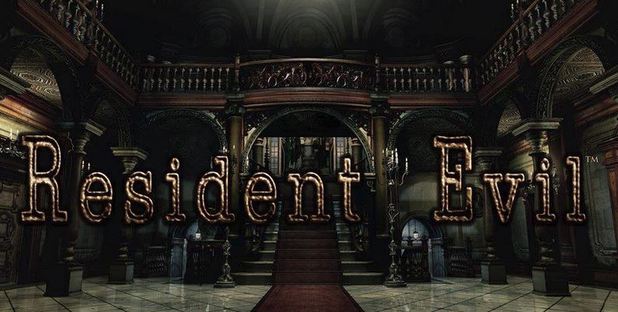
Before the name Resident Evil was associated with half a dozen truly horrific Paul W.S. Anderson films and dramatic fistfights with rocks (no, I’ll never let this one go), the title represented a true classic, the ultimate paragon of survival horror. Zombies, monsters and general terror have never been handled better in gaming, before or since. While survival horror is all but dead these days, replaced by schlocky action horror titles, RESIDENT EVIL was a meticulously planned, and exquisitely executed, assault on the nerves. And before you roll your eyes and assume this is one of those “the originals are the best” rants, you should know that I’m not referring to the 1996 progenitor, RESIDENT EVIL, but rather the 2002 Gamecube remake, RESIDENT EVIL.
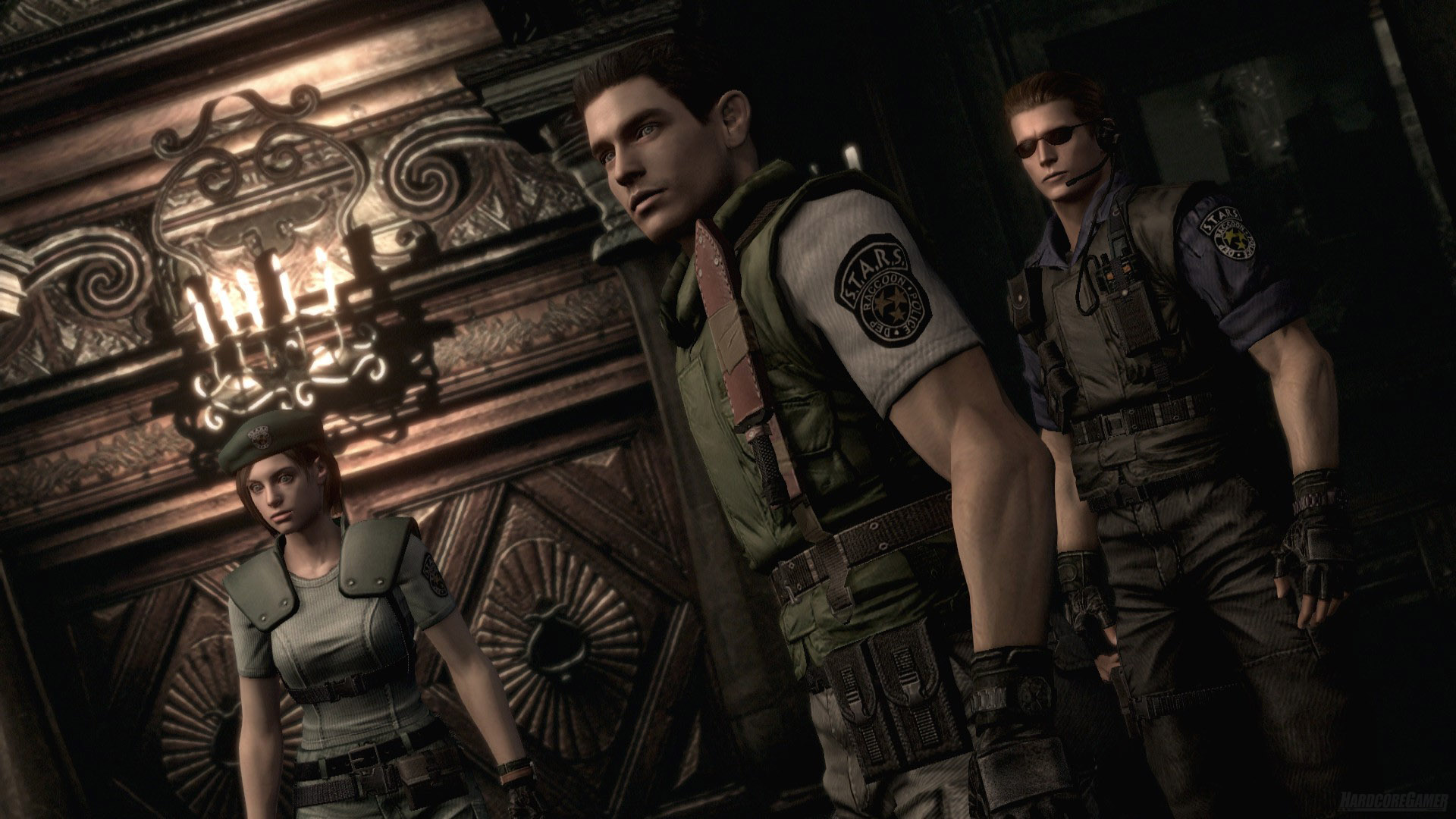
Oh, why didn’t you just say so?
To be fair, the original ‘96 release enjoyed a good deal of acclaim, and it marked the establishment of Capcom’s most successful franchise, but it lacked… polish, to say the least. Localization for Japanese games back then was a joke, leaving us with an embarrassing intro movie which was cast with what must have been the first white folk the devs could find, along with what might just be the greatest/laziest dub in the history of recording.
https://www.youtube.com/watch?v=0kcF7E69C6Q
And don’t even get me started on the soundtrack
As the industry became established in the new millennium and production standards were raised, it was only fair that the staple of horror gaming was given another shot. Enter RESIDENT EVIL (2002), often dubbed “REmake” by fans. REMAKE’s presentation was an improvement over the original in every department. The haunting new score and atmosphere vibed Stoker more than Romero, and the gorgeous, pre-rendered backgrounds ensured that the game looked generations ahead of its time. It retained the clunky movement controls and fixed camera angles of the first game, removing degrees of player agency and taking most outside of their comfort zone. And yes, while the new voice cast’s performance wasn’t anything to write home about, it was no longer the most terrifying aspect of the game.
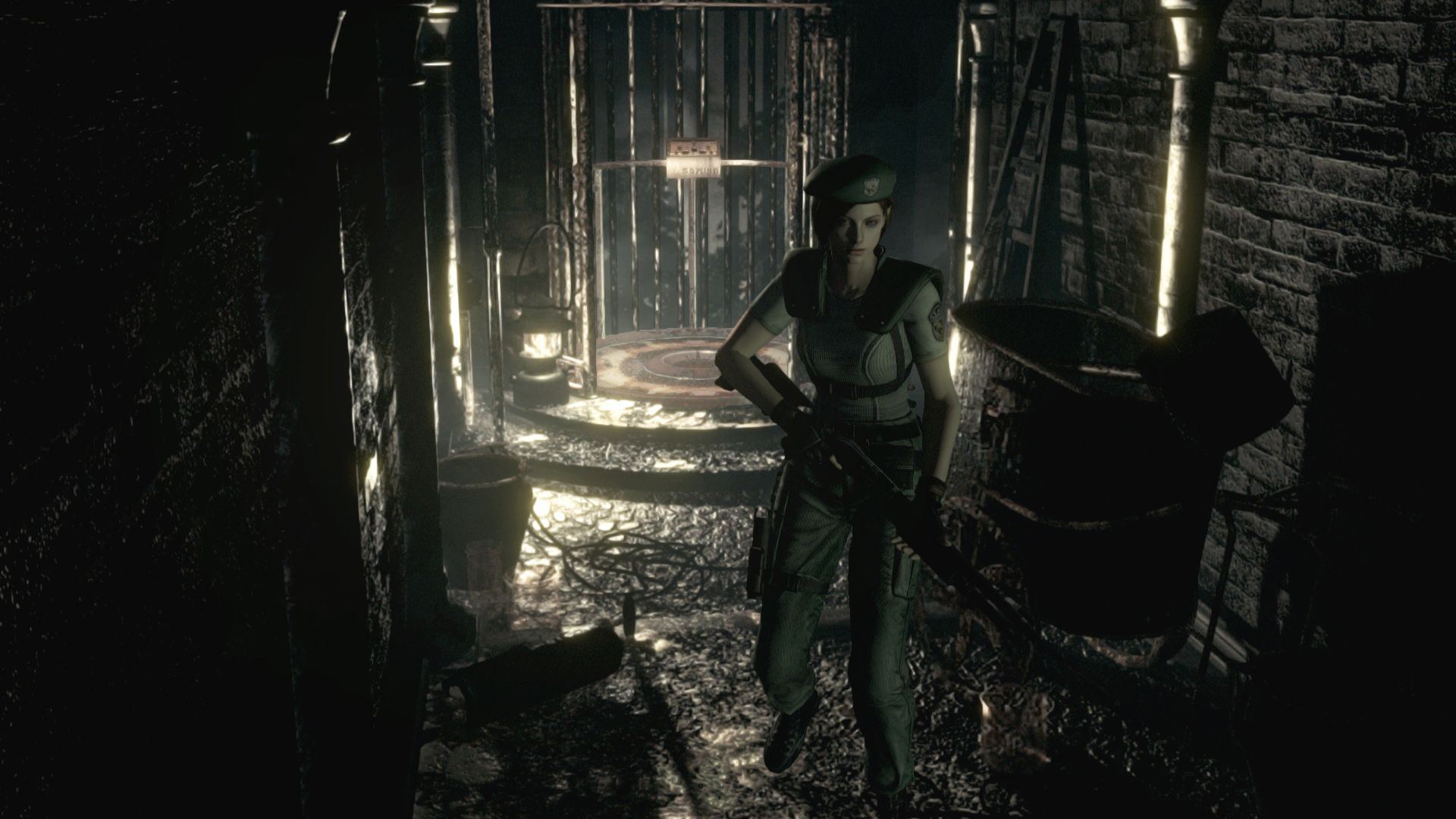
Can we just appreciate that they were still making Game Boy Colors when this came out?
But I can’t just call a game the best of its genre for merely looking good. REMAKE, like most of director Shinji Mikami’s titles, places replayability over longevity. The average initial playthrough of REMAKE should clock in at around ten hours, with subsequent runs able to be completed in around half that time. This is only assuming that you’re playing the same character each time, however.
At the game’s onset, players are given the option of playing as either Chris Redfield or Jill Valentine, and there’s more at stake here than picking whose ass you’ll be staring at. Jill has a more powerful arsenal, a larger inventory and can bypass certain areas with her lockpick. Chris, on the other hand, is tougher, faster and a better shot, but will have none of the shortcuts available to Jill. Each character has a unique NPC partner and subplot, meaning that the two heroes can be considered as separate campaigns, and given the multiple endings and secret unlockables, you haven’t even seen everything until at least six playthroughs.
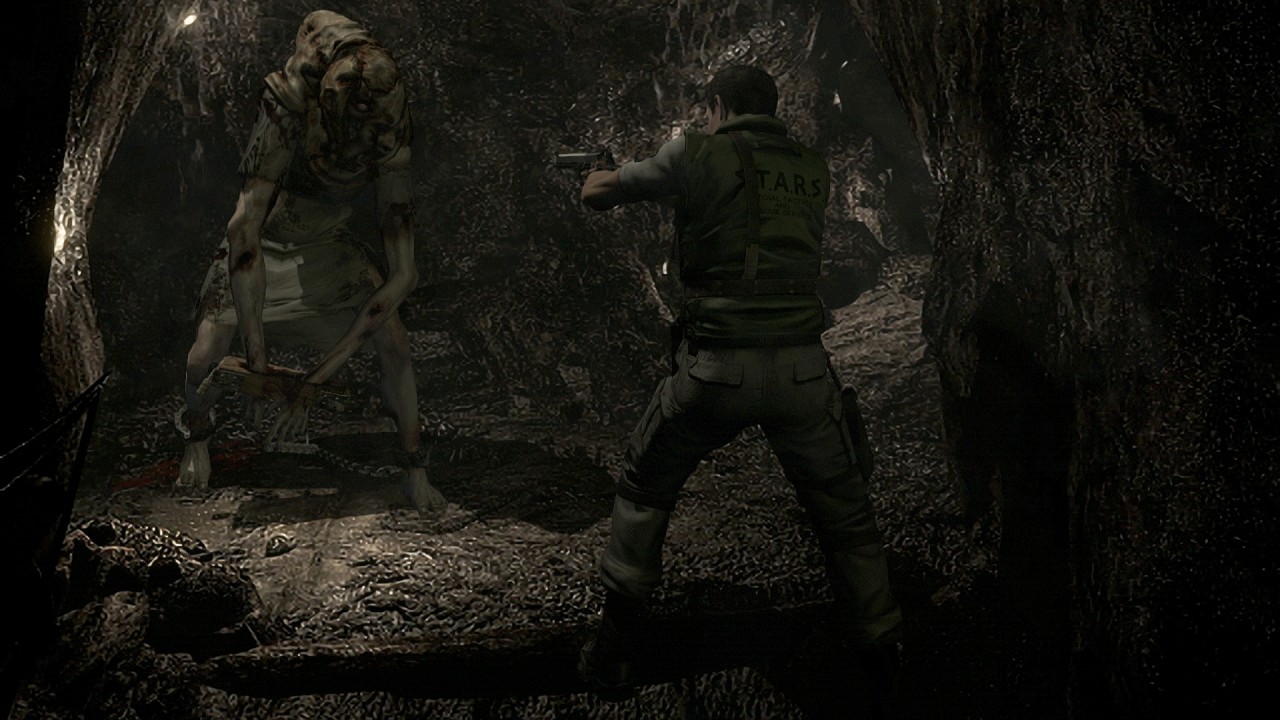
Quasimodo could only take so much abuse
The most important character of all, however, is the residence itself. The zombie infested Spencer Mansion is the most cleverly designed stage in gaming history. The byzantine layout of the estate is gradually revealed over many back-and-forth trips for keys, hidden switches and passwords. REMAKE takes one of the most tired tropes of bad level design, backtracking, and subverts it, turning each repeat foray into a nail biting experience of its own. Some doors in the decrepit mansion will become jammed after a set number of uses, while others can be broken down by monsters, turning former safe havens into deathtraps. Players will quickly realize that each trek must be carefully planned to maximize reward and minimize risk as the house literally comes down around them.
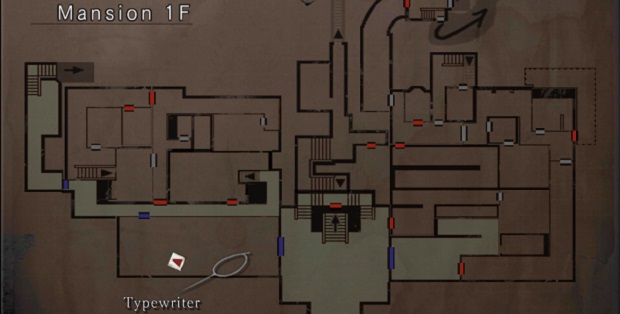
This is all I can see when I close my eyes
Further complicating these journeys is the nature of the foe. Zombies take a lot of bullets to down. More, in fact, than are available in the game. And unless their heads are busted open or they’re set alight with the extremely rare kerosene canteens, they’ll respawn as even more powerful runner forms. Because of this, it’s often better, and more affordable, to run than to fight, a challenge given the cramped interiors. Ammo and health become coveted commodities, determining playstyles through necessity, not preference. The extremely limited resources cause the player to calculate their actions to the degree that it begins to feel like a strategy game. Even saving progress is enabled only through consumable ink ribbons, which take up an inventory slot! When a game requires you to ponder whether it’s worth saving, you know you’ve got a real survival horror.
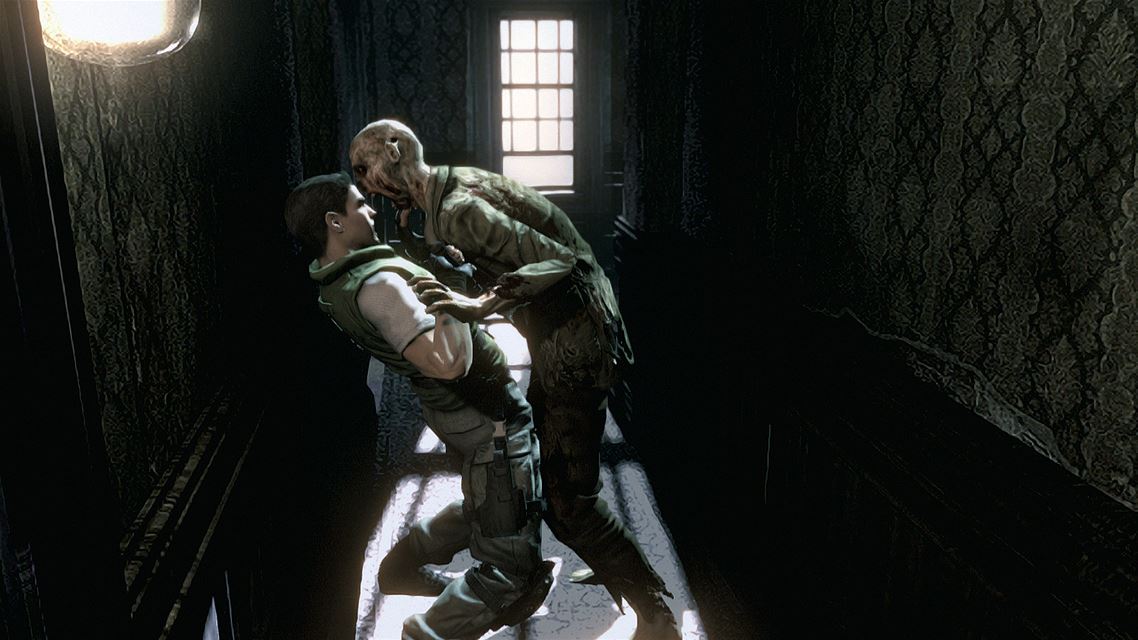
“Check out my new mixtape?”
REMAKE didn’t enjoy much financial success due to being an exclusive to a brand new, family-friendly console, but that doesn’t make it any less of a masterpiece. The brilliant pacing and framing, meager resources and spine chilling aura of the mansion made it an unrivaled example of interactive horror. A port of REMAKE was later released on the Wii and an HD remaster was made available for download on most platforms last year, making it one of the most easily found games out there. Whatever it is you play on, you have no excuse not to check this classic out.
RESIDENT EVIL is available on Gamecube, Wii, Xbox 360, Xbox One, PlayStation 3, PlayStation 4, and PC.


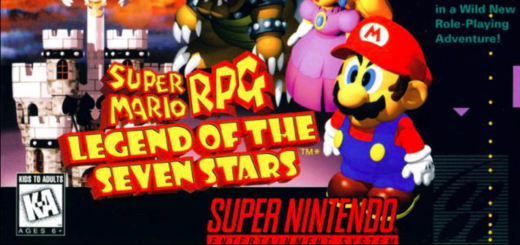

2 Responses
[…] to add their own elements to augment the experience we’ve previously enjoyed. Sometimes this works out very well and the developer manages to bring new life to an already cherished work. Other times it fumbles, […]
[…] directorial role for Mikami, the man who already revolutionized horror, nay, gaming, twice with RESIDENT EVIL and RESIDENT EVIL 4. For the game to be anything other than mindblowing would have been considered […]